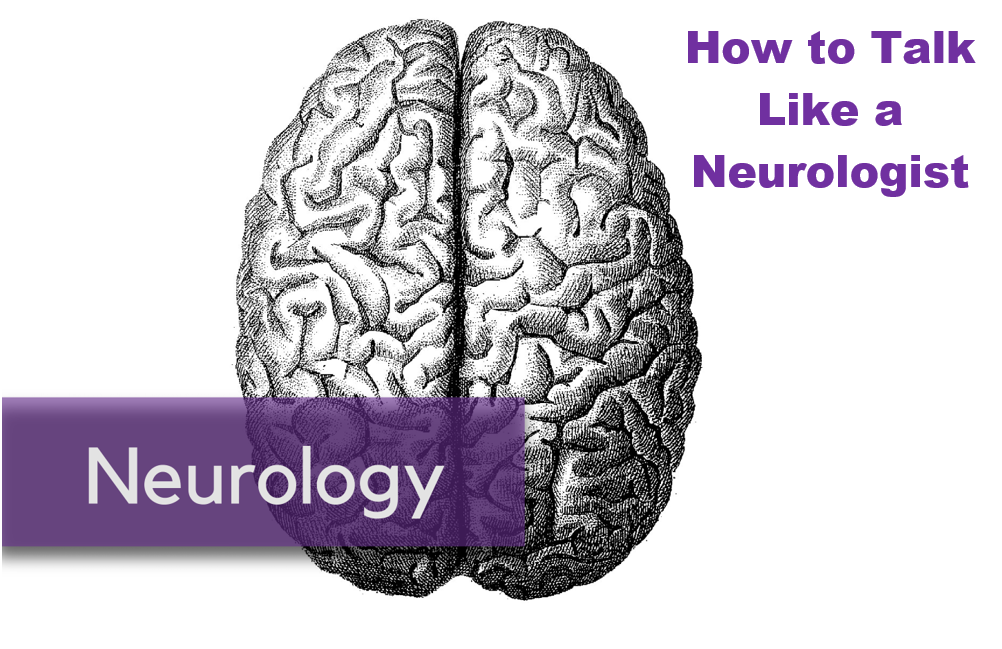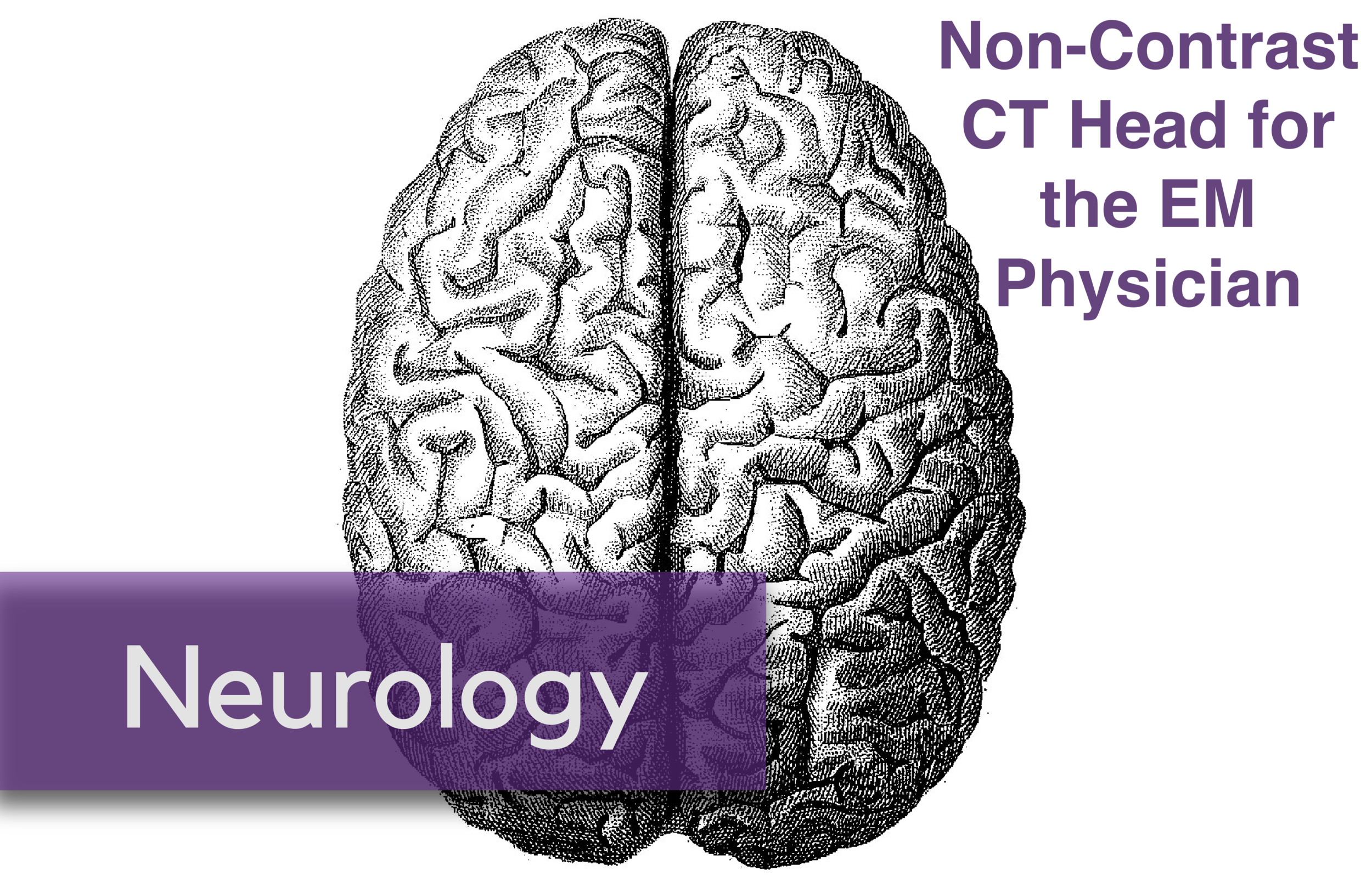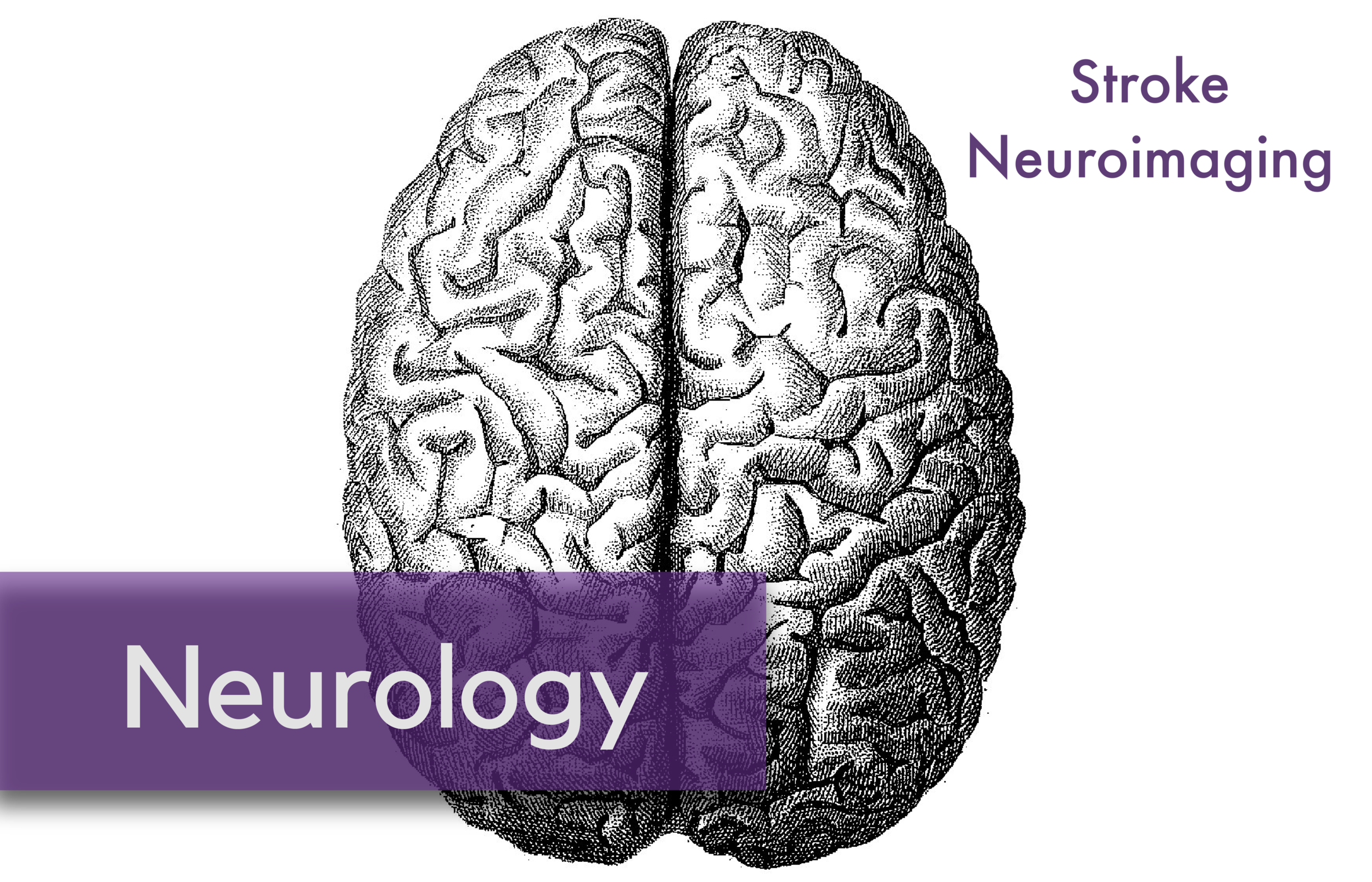Written by: Andrew Berg, MD (NUEM PGY-3) Edited by: Ryan Huebinger, MD, (NUEM Grad 2017) Expert commentary by: Stephen Trevick, MD
Intro:
Hemorrhagic strokes, while accounting for less than 20% of incident strokes, contribute to half of all stroke-related deaths and long-term disability, totaling up to 47 million life-years lost [1]. Unlike ischemic strokes which have the potential to be intervened upon, non-surgical treatment of hemorrhagic stroke is limited. Hemorrhagic stroke associated with the use of non-reversible antiplatelet agents can be problematic, and the goal should be to try to limit the extent of the hemorrhage. In this day and age of increasing myocardial ischemia, percutaneous coronary intervention, and ischemic stroke leading to increasing antiplatelet usage, the attempted reversal of antiplatelet agents with platelet transfusion seems like a logical step. However, it is unclear if this is efficacious (both in the short and long-term) or if there are potential harms as studies are limited. The PATCH Trial looked at the use of platelet transfusion after acute spontaneous intracerebral hemorrhage in people taking antiplatelet therapy to determine if there was any impact on long-term functional outcomes.
The Study:
Baharoglu, M. Irem, et al. "Platelet transfusion versus standard care after acute stroke due to spontaneous cerebral haemorrhage associated with antiplatelet therapy (PATCH): a randomised, open-label, phase 3 trial." The Lancet 387.10038 (2016): 2605-2613.
Study Design:
This was a 6-year multicenter (60 hospitals in Europe), parallel-group trial that randomized 190 patients with non-traumatic supratentorial intracerebral hemorrhage while on antiplatelet therapy to standard care or standard care plus platelet transfusion and performed both an intention-to-treat and as-treated analysis of the outcomes.
Population:
Inclusion criteria:
- 18 years or older with non-traumatic supratentorial intracerebral hemorrhage confirmed by brain imaging
- Glasgow Coma Scale ≥ 8
- Platelet transfusion could potentially be initiated within 6 hours of symptom onset and within 90 minutes of brain imaging
- On antiplatelet therapy with either a COX inhibitor (aspirin or carbasalate), ADP receptor inhibitor (clopidogrel) or an adenosine-reuptake inhibitor (dipyridamole) for at least 7 days prior to the ICH.
- Pre-ICH mRS (modified Rankin Score) score of 0 or 1 only, suggesting no prior disability.
Exclusion criteria:
- Imaging findings suggestive of epidural or subdural hematoma or those needing surgery within the next 24 hrs of admission
- Imaging suggesting underlying aneurysm or AVM
- Prior adverse reaction to platelets
- Use of a vitamin K antagonist
- Known coagulopathy
- Imminent death
Patient selection flow chart:
Intervention protocol:
The patients were randomized to either standard care or standard care plus platelet transfusion. Both groups had a repeat brain imaging 24 hours after intervention.
Standard care was not defined in the protocol, but was assumed to be given according to contemporary European and national guidelines.
Platelet transfusions were initiated within 6hrs of intracerebral hemorrhage symptom onset and within 90 min of diagnostic brain imaging. Those patients on clopidogrel received 2 units of platelets, all others received one unit as determined by in-vitro experiments.
Outcome Measures
The primary endpoint was difference in functional outcome at 3 months after randomization scored with the mRS, as was done for the inclusion criteria, which was scored by a physician or nurse not involved with the medical treatment. Secondary clinical endpoints further stratified these outcomes into survival, poor outcome defined as mRS of 4-6 and poor outcome defined as mRS of 3-6. Another secondary outcome was median absolute intracerebral hemorrhage growth in mL after 24 hours on brain imaging. Safety outcomes and other serious adverse events were also recorded.
Results
For the primary endpoint of functional outcome difference at 3 months, there was an increase in odds toward death or dependence at 3 months in those that received platelet transfusions, both adjusted and unadjusted (adjusted common OR 2.05, CI 1.18-3.56, p=0.0114). Secondary analysis and serious adverse events are listed in the following graphs:
Interpretation
For the primary outcome, there was increased odds of a poorer functional outcome after 3 months among those who received platelet transfusions compared to those who just received standard care. In the secondary analysis (which stratifies these functional outcomes further into smaller categories), showed there was a significant poorer outcome at 3 months within the mRS 4-6 category (higher disability) for those that received platelets. All the other subcategories were insignificant. Median ICH growth did not differ significantly between the two groups at 24 hours. Among the serious adverse events, the only minimally significant difference was an increased odds of an adverse event due to ICH as a whole in the platelet transfusion group, though this may be explained by differences in the baseline characteristics of the different arms of the study.
Strengths
- While there was some crossover between the two study arms, there was an intention-to-treat analysis as well as an as-treated analysis.
- Follow-up was strong without attrition.
- The physician/nurse that performed the mRS after 3 months was blinded to randomization.
- Their intended inclusion/exclusion criteria were strong.
Weaknesses
- Looking at the baseline characteristics, there were several patients included in the trial that should have been excluded by criteria (GCS <8, infratentorial ICH location, etc).
- Even though the paper states that the baseline patient characteristics were balanced between the two arms, it appeared that as a whole, the patients who were randomized to receive platelets were sicker (lower GCS, more patients with ICH volume >30mL, both the infratentorial ICH patients).
- The majority of patients were on a COX inhibitor (>90% of patients), with very little representation of the other antiplatelet agents
- This study could have been strengthened with platelet function testing to evaluate for modified treatment effect.
Internal/external validity
External validity could be questioned as this study presumably included only European patients (although race was not specifically mentioned). This study also likely cannot be generalized to non-COX inhibitors given how few patients were on ADP inhibitors, such as clopidogrel.
Internal validity is questioned with the inclusion of patients who met exclusion criteria and should have been excluded. The authors comment on this being an issue for several emergency-department studies given situational urgency.
Future Directions
Given the high prevalence in use of Plavix or Ticagrelor, there should be a study that includes more ADP inhibitors.
Summary:
- This was a European multi-center randomized trial comparing the functional outcomes of patients with spontaneous intracerebral hemorrhage on antiplatelet therapy, when they received either standard care or standard care plus platelet transfusion.
- The study included 190 patients from either Netherlands, UK or France.
- Their results indicated that platelet transfusion did not benefit patients from a functional outcome after 3 months, and in fact, may be associated with worse outcomes. Although there were several weaknesses in the study’s execution, these results seem to be significant enough to have some validity.
- There was no difference in reported/observed immediate (<24 hour) outcomes on imaging between the two groups
Expert Commentary:
ICH is a devastating disease, and often one which we often must watch powerlessly, despite the acuity of presentation. One of the first goals in ICH management is to prevent further bleeding. Platelets for aspirin reversal seemed promising, since it has been documented that patients on aspirin have more hematoma expansion and worse outcomes, as well as clear anecdotal evidence from surgeons that platelet infusion in aspirin users makes an overt difference intra-op. So why should PATCH have been negative?
Given the complexity of factors leading to hematoma expansion and subsequent hospitalization, it is hard to drive outcomes with any one intervention. However, even the rate of hematoma expansion was unchanged. Even though the irreversible binding of Aspirin usually takes many days to wash out, serum half-life is about 15-20 minutes (with active metabolites lingering a few hours). One thing to remember is that transfused platelets themselves can have time-limited efficacy due to immune-related consumption and inactivation. While even a temporarily effective transfusion can help stop brief bleeding such as in the OR or during acute stabilization, it is unlikely to prevent the stuttering hematomal expansion of ICH.
Platelets, unlike other blood products, must be stored at room temperature. Therefore, platelet transfusions are associated with high risks of transfusion reactions. It is theorized that some platelets may become activated prior to transfusion and can therefore also be associated with a risk of pathological clotting. These factors could blunt any potential benefit of treatment.
Intracerebral hemorrhage is a rarer and more heterogenous illness than stroke or MI. This trial is as high of quality as we are likely to obtain on the topic. When applying the results of the PATCH trial, it is important to remember that no patients with platelet counts below 100k were enrolled, so transfusions to meet that goal may still be performed. Also, it is still acceptable to transfuse for procedures or surgery. The study did not explore any sort of functional assays, namely Platelet Function Assay (PFA) or Platelet Aspirin Assay (PAA).
Stephen Trevick, MD
Neurocritical Care Fellow, NUEM
How to cite this post
[Peer-Reviewed, Web Publication] Berg A, Huebinger A (2018, May 14 ). The PATCH Trial. [NUEM Blog. Expert Commentary by Trevick, S]. Retrieved from http://www.nuemblog.com/blog/PATCH
Posts you may also enjoy
Resources
1. Feigin VL, Krishnamurthi RV, Parmar P, et al. Update on the global burden of ischemic and hemorrhagic stroke in 1990–2013:the GBD 2013 Study. Neuroepidemiology 2015; 45: 161–76.













